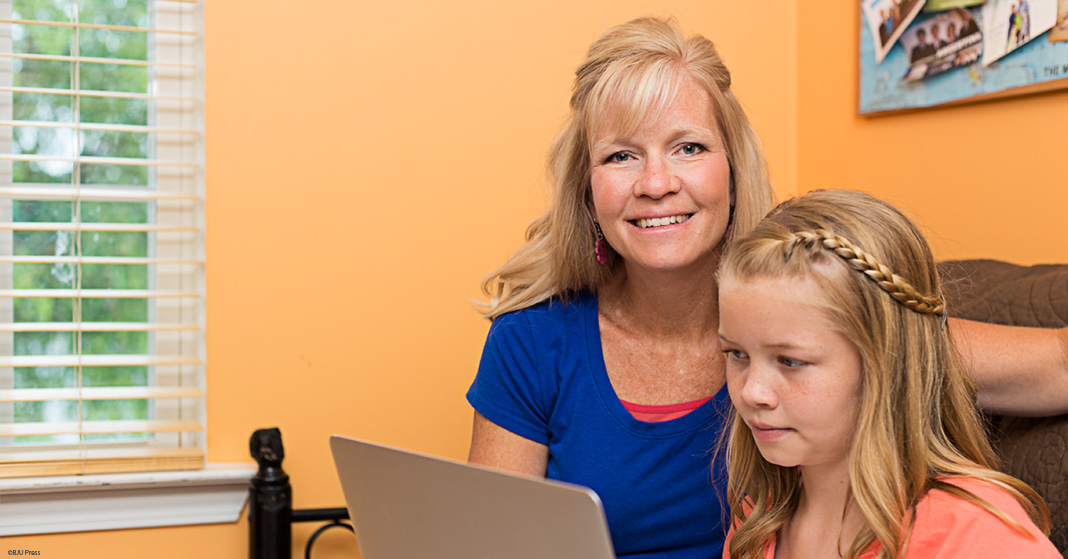
Walking into the exhibit hall at a homeschool convention can be an overwhelming experience. There are so many booths! Just like at a bazaar, you can buy fresh food, legal advice, blankets, oddities, and toys. At one convention, I picked up some hair styling devices for my daughters.
And then there are the curriculum providers. The options seem endless. There are Charlotte Mason materials, literature- based programs, and traditional curriculums. At some conventions, you’ll find more than a half dozen providers of classical homeschooling curriculum alone. With so many options how do you choose?
A curriculum helps you package content, create learning experiences, and stay on track. It can do quite a bit to make homeschooling successful. But as much as a curriculum can do, it can’t make my child learn. Learning is what happens inside of my child. Curriculum provides information that is outside my child.
When it comes to how to choose a homeschool curriculum, I think it is important to consider what a curriculum can’t do.
1. No homeschool curriculum can love my child as an individual.
Everyone creating homeschooling curriculum loves children. But they can’t love my child as a unique person. Only my wife and I can do that.
Children need to know that the person teaching them loves and wants what is best for them. Education requires a lot of work on my daughter’s part. For my child to learn and grow, she must have the assurance that her effort is worthwhile. If she suspects that the person providing the information and teaching the skills doesn’t care about her well-being, she won’t internalize the content.
Individualized love is what makes classroom teaching so challenging. A classroom teacher must establish a relationship of trust with each child in a group of twenty or thirty students. And the teacher must do that every single year. A loving home provides that individualized love naturally.
2. No homeschool curriculum can create accountability for learning.
Since learning happens on the inside, we can’t just put educational content around a child and expect learning to take place. I’ve seen this failure several times with my daughter. We handed her an assigned reading or exercise, and she went through the motions without engaging her mind in the learning. As a result, the information just poured through her head like water into a bucket with a hole in the bottom.
Children need to know that their parents care enough about them to ensure they’ve got it. Whenever our daughter becomes lackadaisical in her learning, we correct the attitude and show her that she must internalize the information and skills. She has been quick to respond, not only taking responsibility for her learning but also enjoying it.
3. No homeschool curriculum can challenge my child to do his or her personal best.
Each child is different. Sometimes a child misses every fourth question on chemistry tests, but you know he’s doing his best. Other times, you can tell your child is getting a hundred percent of the questions right but isn’t doing his best.
There was a time when my wife and I saw our daughter getting perfect scores in two subjects, but she wasn’t trying her hardest. So we talked to her about it and started writing harder tests. At first she didn’t think it was fair. But by the end of the year, she was excelling and was satisfied that she had done her personal best.
Homeschool curriculum presents information in an engaging way. It gives roadmaps for learning so that children are ready for the next step. Curriculum can also provide activities that develop skills and deep understanding. But it cannot create a nurturing environment in which children know that they’re loved, that the learning is for their benefit, and that they will always be challenged to do their best. Only a parent can provide that environment.



